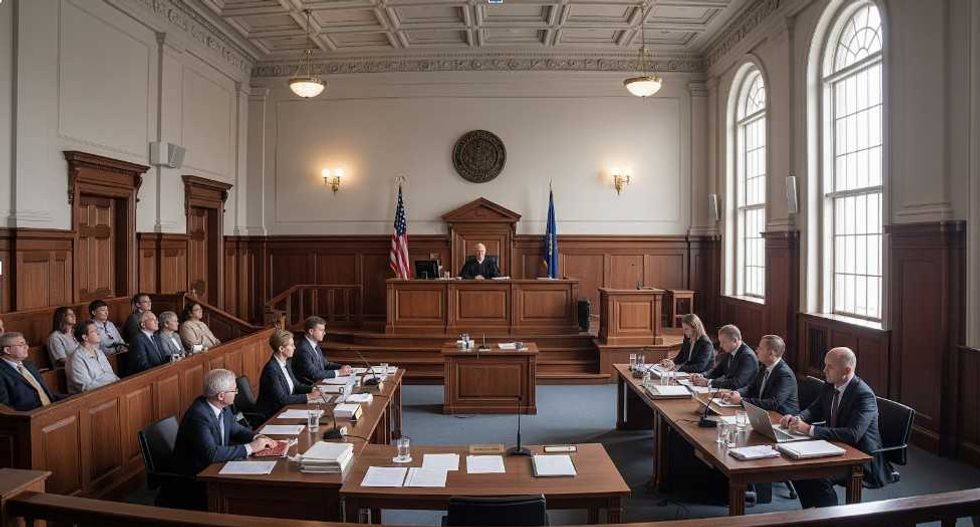The United States of America is quite divided about certain political topics. A popular one among today’s current events is whether or not the government should completely legalize marijuana. Most millennials would agree that marijuana should be deemed legal already. Older generations are generally not exactly a fan of the idea. So, why are some people so uptight about the idea of federal marijuana legalization? Well, it’s all based in our roots – in American history.
Let’s start from the beginning, shall we? In Jamestown, Virginia all the way back in 1619, the first marijuana law was created. This law demanded that all farmers grow the Indian hempseed, for hemp was necessary for many things to be made such as cloth and rope. Back then, hemp was important and strongly encouraged by the government to grow (Guither). To some, this may sound surprising, but hemp is actually very useful. Before politics got in the way, the public used hemp widely to create lots of everyday items. Everything began to change as politics got in the way.
In 1910, the Mexican revolution forced some Mexicans to come over the border, increasing the quantity of Mexican-Americans in the country. As time commenced, some farms grew tense in competition. With Mexicans being used for cheap labor, it only fueled the flames. Mexicans were often seen smoking marijuana (hemp), the plant brought with them from their homeland and as part of the scapegoat to all this anger, California made growing hemp illegal (Guither). In addition to this, rumors were spread saying that marijuana smoked by the Mexicans made them be inappropriate, disruptive, and commit crimes (Medical Marijuana, Inc.). Seeing California pass this law, other states did so as well. “In Texas, a senator said on the floor of the Senate: ‘All Mexicans are crazy, and this stuff [marijuana] is what makes them crazy.’” (Guither). Feelings of hate began to grow for this harmless plant. This was a large change from the 1600’s when people could actually be jailed for not growing hemp!
As a part of the music world, smoking marijuana became very popular among black and Latin American jazz musicians. With racism becoming a growing problem in America (it always was an issue, but it seemed to continue to get worse), marijuana was looked at as something that made you act crazy and was considered dirty. The fear of marijuana continued to rise as it was consistently attributed to violent crimes committed typically by poverty-stricken minorities. By 1931, 29 states had made marijuana illegal (PBS). In 1934, newspapers released a statement saying, “’Marihuana influences Negroes to look at white people in the eye, step on white men’s shadows and look at a white woman twice.’” (Guither). Rumors like this continued to spread.
Socially, views on marijuana similar to this caused a lot of polarization on this political topic. However, the other half of the issue is the economic perspective of hemp in history. Since the beginning, America has been founded on growth and success. In result of that, competition between industries were endless. Ford Motor Company was a major contributor to hemp eventually becoming illegal. Henry Ford’s model T cars were designed to use a fuel made from hemp to run their engines. It would be more environmentally friendly, but unfortunately, more expensive. With the rise in crude oil, which was cheap, the market for plant-based fuel plummeted (Merry Jane). In addition to this, DuPont, a chemical and energy company, saw hemp as a major threat to the industry because of Ford uncovering its capabilities. DuPont’s largest investor, Andrew Mellon decided to help DuPont out. He appointed his nephew-in-law, Harry Anslinger, the head of the Federal Bureau of Narcotics and Dangerous Drugs. Focusing on hemp’s capability of being a drug rather than its economic potential, Anslinger set a goal to make marijuana illegal to improve his career position (Merry Jane). He used the political issues of racism and let fear spread so that he could get his way in the end. William Randolf Hearst, owner of a huge chain of newspapers, decided to help Anslinger. Why help? Well, it benefited him too of course! “Hearst had lots of reasons to help. First, he hated Mexicans. Second, he had invested heavily in the timber industry to support his newspaper chain and didn’t want to see the development of hemp paper in competition. Third, he had lost 800,000 acres of timberland to Pancho Villa [where parts of the Mexican revolution occurred]. Fourth, telling lurid lies about Mexicans (and the devil marijuana weed causing violence) sold newspapers, making him rich.” (Guither).
In 1936, “Reefer Madness”, a propaganda film was released to the public to ward off teens from smoking marijuana. This film only worsened the status of hemp. This was the final push to what makes older generations so hesitant and reluctant to marijuana legalization. And finally in 1937, the Marijuana Tax Act was passed by congress. This made recreational marijuana officially federally illegal and forced industries to pay an excise tax to use hemp (PBS).
Through researching the history of marijuana, I found myself really getting a good perspective on propaganda, the power industries hold in America, the capability of connections, and how politics can cause the spread of false information around the country. If you take anything from this article, let it be that you should always do your research before you spread rumors about something. Educate yourself. Don’t let politics run your life. And most importantly, life is too stressful, so let yourself “veg out” now and then!
Sources:
http://www.drugwarrant.com/articles/why-is-marijuana-illegal/
http://www.medicalmarijuanainc.com/the-road-to-prohibition-why-did-america-make-marijuana-illegal-in-the-first-place/
http://www.pbs.org/wgbh/pages/frontline/shows/dope/etc/cron.html
https://merryjane.com/news/the-crazy-history-of-how-marijuana-became-illegal





















